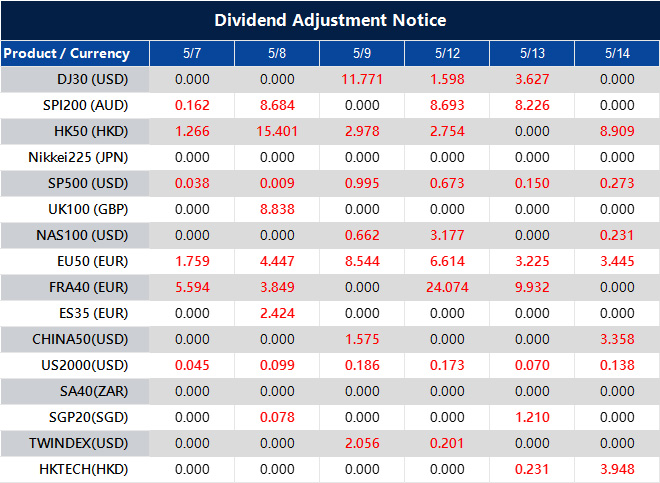A hopeful mood prevails as European trading opens, following planned discussions between US representatives Bessent and Greer and China on economic matters. China’s Ministry of Commerce has agreed to engage, with Vice Premier He Lifeng set to meet Bessent to discuss trade.
The announcement has spurred a 0.6% rise in S&P 500 futures. China further boosted Asian market risk sentiment through supportive measures, including multiple rate cuts. This news serves as an encouraging sign for a potential de-escalation in US-China relations.
Tariff Concerns
Currently, tariffs stand at 145%, and any reduction could facilitate trade, though they would still impact both economies significantly. Markets remain optimistic, embracing the potential for gradual de-escalation and tariff reductions.
However, uncertainty lingers over whether such discussions might lead to broad tariff reductions or merely slight improvements. The market’s ultimate focus must be on the end goal—whether it moves towards de-escalation or higher tariffs under current or potential future administrations. For now, the potential for positive change is enough to maintain a hopeful outlook.
What we’ve seen at the open of European markets is a quiet but clear lift in sentiment – one that rests squarely on the shoulders of diplomatic signals rather than hard policies. The rally in S&P 500 futures, with a 0.6% bump, is the most immediate and visual response. It reflects traders positioning themselves on the back of optimism, even before anything concrete has changed. Notably, this movement came right on the heels of Beijing’s confirmation that it would meet with Washington’s representatives, a gesture that, in isolation, tends to produce a short-term relief effect.
Market Dynamics
China’s recent activity – namely, rate cuts and other easing tools – has been strategic. These are not scattershot decisions; they point to a coordinated effort to support growth just as external pressure from trade tensions weighs on activity. From our perspective, it’s this combination of domestic stimulus and international engagement that adds meaning to the uptick in risk appetite seen overnight in Asia. It has reduced the near-term volatility expectations in equity indices and translated into better support for cyclical sectors.
Of course, the tariffs still weigh heavily. Currently set at 145%, they’re burdensome enough to block meaningful expansion in bilateral trade flows. The hope – and it remains only that – is for a reduction at the margins rather than wholesale rollback. Anyone watching the bond and options markets will have seen that this isn’t enough to unwind all hedges yet, but it’s sufficient to slow fresh defensive positioning. We’re likely to see a wait-and-see tone dominate in the short term.
Minds in the derivative market should be less focused on what might be said after the talks and more on the changes in pricing for forward-looking instruments. We’ve already noticed downward pressure on implied volatility in US indices, a dampened demand for deep out-of-the-money puts, and some rotation into call spreads further along the curve. This implies traders are not bracing for disruption, but they are also not betting on a straight-line improvement.
More interestingly, if you zoom into cross-asset activity, the Chinese yuan’s relative firmness since the announcement – despite interest rate cuts – highlights a broader confidence in potential capital inflows. It aligns with stronger performance in regional equities and confirms supportive flows. In this sort of environment, directional trades on headline risk carry more weight – not because anyone believes full resolutions are close, but because market positioning was skewed toward hedging deteriorating relations.
In this environment, timing matters. The next few sessions should offer a window where high-beta names may ride bullish momentum, particularly if additional supportive language comes out of the meetings. That means taking care to adjust gamma exposure accordingly. Let’s not underestimate how quickly sentiment can reverse if expectations climb too high, too soon.
We should also note an asymmetry in the response: downside risk from talks breaking down outweighs the upside if they progress modestly. So while call options might seem attractive after recent pullbacks in volatility, spreads offer a more rational play. They cap potential exposure while still taking advantage of upward moves tied to incremental optimism.
If anything, the past 24 hours serve to remind us that soft diplomacy often moves markets, not through new policy but via how it reshapes investor assumptions. By managing exposures thoughtfully and reading past the headlines, there is a meaningful chance to capture opportunity in the coming sessions, though care around expiry dates and macro headlines should not be eased just yet.















